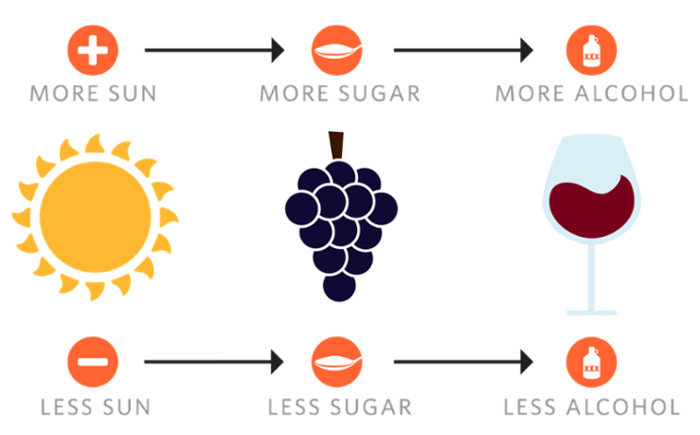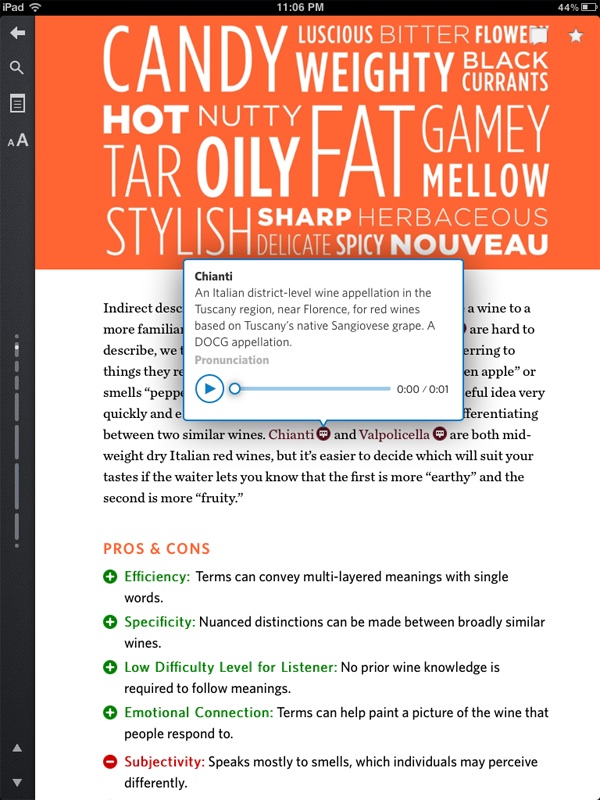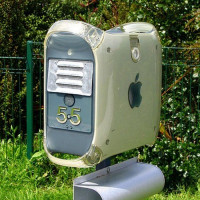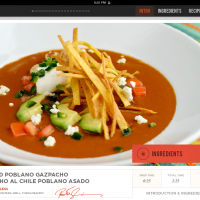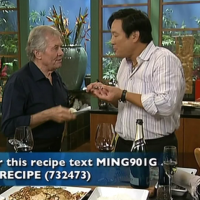Wine continues to be one of those things that both delights and overwhelms people. It's (often) tasty, but navigating labels – which are chock-ful of complex data like varietal, vintage, region, etc. – make it difficult for most to discover new wines. There are already tons of books about wine out there, but nationally-renowned sommelier and wine educator Marnie Old is betting on digital as the best publishing medium for helping people gain the knowledge and practical skills they need to drink with confidence.
Last year, Old partnered with Open Air Publishing to produce “Wine Simplified: Navigate Wine with Confidence,” an interactive video book made exclusively for the iPad and iPhone (available for $6.99 in iTunes) that launched in November. The book features 90 minutes of video tutorials – like guided tastings and the basics of pairing food with wines- audio pronunciation guides and dozens of beautifully designed interactive graphics. Wine Simplified also allows readers to buy wine directly from the app, an innovative feature also offered in some of Open Air's other books, like The Better Bacon Book.
I had a chance to speak with Old about why she's going digital and what the production process was like. Our edited interview is below.
Danielle Gould: As a long-time sommelier and wine educator, what has it been like working with the iPad as a new medium for teaching people about wine?
Marnie Old: It has been a real treat. People love the iPad because it lets them combine what they love most about books with what they love most about surfing the web. Analog books are constrained in that you are not only limited to text and static images, but the reader and author are locked into a linear sequence. If I want to explain something complicated, I must first define all my terms and explain the context before getting to the content people are most curious about.
With this book, I was able to build glossary definitions and audio pronunciation files into pop-tips embedded in the text. Since sections can link to other chapters, I was free to put the juicy stuff people want to know right up front, and let those who really want to know more drill down deeper. This makes Wine Simplified perfect for skimming and puts the useful real-world solutions ahead of the more intricate explanations. The only thing more I could ask would be to engage the reader's senses of smell and taste, but it can't be long before Apple launches scratch and sniff functionality, right? For now, I'm thrilled with what we were able to do.
DG: What are the most innovative features of the app?
MO: In terms of innovative functionality, the Inkling platform gave me the ability to incorporate not only interactive graphics, like slideshows and guided tours, but also video and audio content and external links. In over 90 minutes of video, readers can follow a
long with guided tastings, including many illustrating food pairing principles, or watch demonstrations of practical skills from opening bottles to ordering in restaurants. at home and click to hear wine names pronounced. Any wine term that might give an American pause can be clicked to get a definition and audio file modeling proper pronunciation. Three types of interactive graphics let me show sequential art in slideshows, annotate images in guided tours and show steps of a process in slidelines. Internal links let me connect readers to related content in other chapters, and external links let us send them to outside sources of supplemental information or to an online retailer.
The writing process was also very different than writing for paper publishing. I felt like I had to write backwards, leading with conclusions and supporting them later. Knowing how people read on tablets forced me to put the most important and useful takeaway up front, and let people discover the backstory if they were curious enough to read each chapter to the end.
DG: Could you describe what the production process was like?
MO: We had to start by spending quite a lot of time designing the table of contents and refining the book's organizational scheme (detailed in the following question). Inevitably, we had to pick our battles and focus on what was most useful to the reader, and give that material priority. Once we finalized the TOC, we shot our video content at New York's Astor Center and Astor Wine & Spirits over the course of 2 days, including 4 interview segments with wine author Anthony Gigio. I began writing one chapter at a time at this point as well. This took place over 6 months, with me working part-time at first then spending more and more time on it as the deadline loomed.
For the last month, I was absolutely consumed, writing or editing about 15 hours a day every day. That last month was also when I worked with the Open Air team to design the graphics and record the audio content. Finally, we spent 3 weeks in obsessive editing mode before submitting the manuscript and content to Inkling, Open Air's technology partner. From that point it was roughly 3 or 4 more weeks until the book was launched in the iTunes App Store.
DG: Do you have any sense of how many people actually buy wine through Wine Simplified?
MO: I don't imagine many will, but I guess we'll find out soon. We wanted to provide the click and buy option to make it as easy as possible if a reader wanted to do the mini tasting lessons from the book at home. Comparing wines side-by-side is the best and fastest way to learn, so we linked to an online retailer for the 6 dozen or so specific wines that appear in our video segments. Now, Wine.com can't ship to every state, of course, and isn't an option for most international readers, so we also provide ballpark guidelines and brand-specific alternate suggestions for each one, choosing widely distributed wines wherever possible.
DG: What were the major challenges you faced with producing Wine Simplified?
MO: My biggest challenge is spelled out right there in the title – wine resists being simplified. Luckily, I've got a knack for identifying the obstacles to comprehension and helping people to overcome them, to grasp the handful of organizing principles that help make sense of wine.
The other challenge for me was the incredible speed of electronic publishing. On my first book, it took almost 5 years from pitch to launch, with a full year passing between finalizing the manuscript and seeing the printed book. This was compressed to one year for Wine Simplified, and the book was available for sale 4 weeks after we finalized the editing. I would have loved to have an extra month between submission and launch, if only to catch up with real life and get a jump on marketing plans.

